
What Exactly is Wave Energy and How Do We Generate It?
What is in this article?
Wave energy is a unique power source derived from the majestic movements of the ocean's waves. This energy, born from the utilization of natural processes, draws its source from the gravitational pull of the sun and the moon. As long as the Earth, the moon, and the sun continue to exist, wave energy will remain a sustainable resource.
Explore our blog for an in-depth look at wave energy, its benefits, its role in electricity generation, and its various practical applications in harnessing the power of our natural environment!
What is Wave Energy?
Wave energy is a type of energy generated from the motion of waves created by the wind over the seas and oceans. When you consider that a large part of our planet is covered by oceans and seas, you can better appreciate the significance of wave energy.
In order to meet the increasing global energy demand, dedicated efforts are being made worldwide to harness wave energy in addition to others. Wave energy is harnessed through specialized turbines to produce electricity, and the generated energy can be used directly. This allows us to derive endless benefits from an inexhaustible source, eliminating the possibility of depletion.
Wave energy, which is among environmentally friendly and renewable energy sources, can be considered a significant resource for our country, which is surrounded by water on three sides. In this context, some parts of our country have the perfect conditions for tapping into this energy source. For example, areas such as the western Black Sea coast, the northern part of the Istanbul Strait, the southwestern coast of the Aegean, and the stretch between Marmaris and Finike can be named among such suitable locations.
Top 10 Advantages of Using Wave Energy
Wave energy is one of the most advantageous forms of energy, both in terms of production and consumptio
The benefits of wave energy are myriad:
- It is a renewable energy source that can be used as long as water and the moon exist.
- Thanks to the ever-changing weather conditions throughout the seasons, wind continues to blow, giving rise to waves.
- It can be obtained using different methods.
- It provides a consistent and continuous source of energy. As a result, it has more predictable characteristics compared to other energy sources.
- The high energy consumption in coastal regions is primarily due to the presence of densely populated cities in those areas. This energy source is abundant and readily available in areas where it's needed the most, making it both widespread and easily accessible.
- It does not harm the environment, land, or human health.
- It contributes significantly to energy production depending on wave size.
- It can be confidently chosen as a constant energy source.
- Being independent of external sources helps prevent air pollution.
- Wave energy can be a preferred choice for energy production in many coastal areas.
Wave energy is a highly advantageous source with its numerous benefits, making it a preferred choice in many aspects.
In consideration of these, Zonguldak has been chosen as a pilot region for an exciting project where we aim at producing energy amounting to 50 kilowatts of power. This energy is enough to power up to 25 households. As this unique form of energy begins to proliferate across the nation, one can imagine the potential efficiency it might herald.
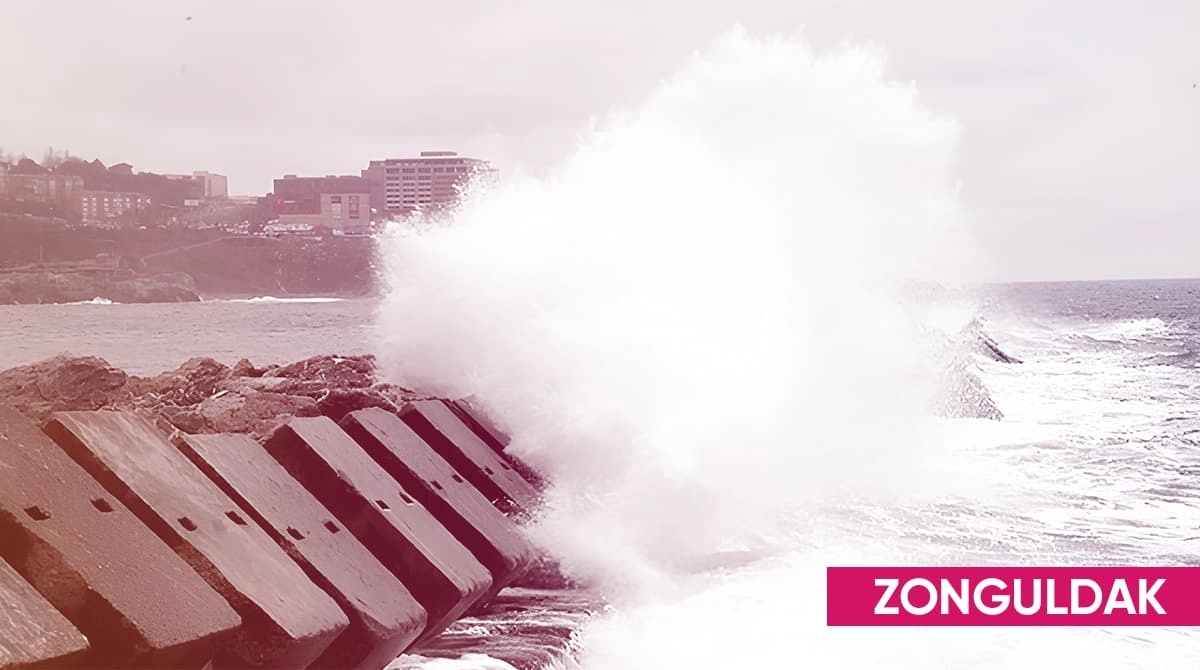
How to Generate Electricity with Wave Energy
The fundamental principles of generating electricity from wave energy encompass the buoyant force of water and the law of gravity. The diversity in wave lengths and magnitudes means that each wave possesses unique characteristics, rendering the concept of a standard design for wave energy plants impractical.
Wave energy plants are strategically positioned along the coastlines of different regions, operating on varied principles tailored to the specific conditions of each locale.
The methods used for electricity generation can be broadly categorized under two main headings:
- Pelamis Wave Energy Converter: This popular generator, which stands out due to its widespread acclaim, operates by harmonizing with the form created by the waves to produce energy. The machine often referred to as the Great Water Serpent, is composed of four main parts. The components move by bending and articulating at the connection points in response to the motion of the waves and at these connection points, hydraulic generators are strategically placed to facilitate energy production.
- Oyster Wave Energy Converter: This converter, named for its operation resembling an oyster opening and closing, is strategically placed about half a kilometer offshore at a depth of 10 to 15 meters on the seabed. One part of the transformer is connected to the base, while the other part is connected to the surface. Hydraulic pistons that open and close according to the direction of the waves utilize the power of the wave. Sea water is sent ashore through a submarine pipeline under high pressure. Turbines generate electricity using hydraulic energy.
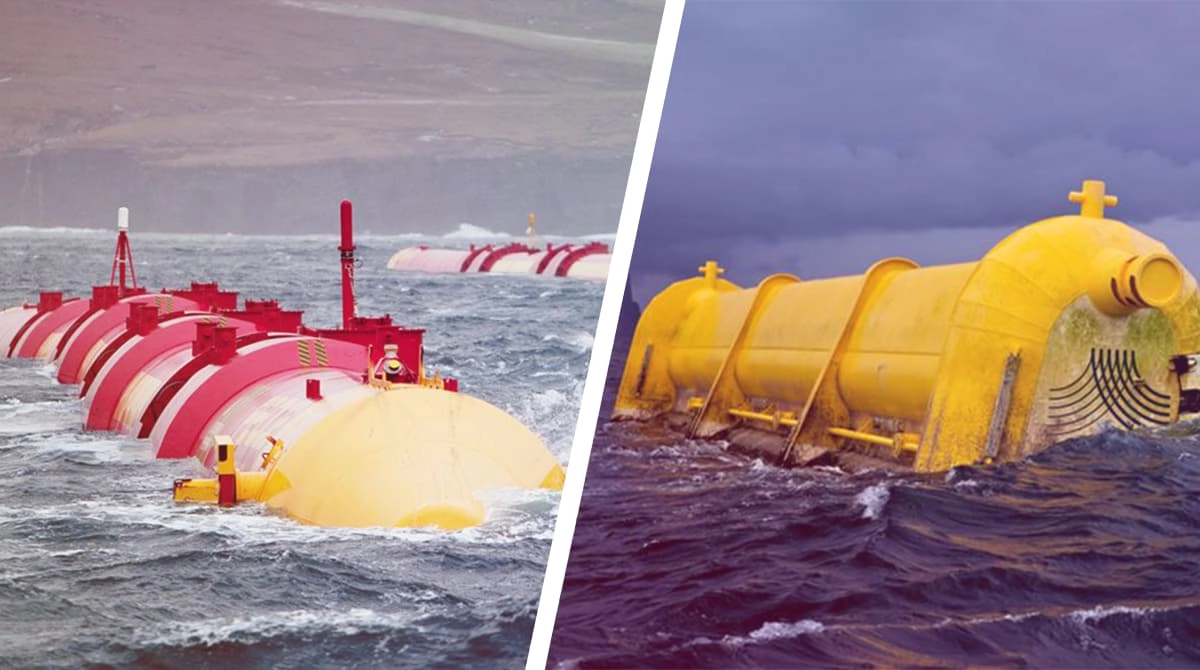
What Devices are Used to Produce Energy from the Sea Waves?
Different devices are required to facilitate wave energy production. These devices are used to convert wave motions into electrical energy. Examples of devices that generators require include underwater turbines, iron rods, sail-like structures, underwater kites, and robotic buoys that generate kinetic energy as waves strike them.
Another option for harnessing the power of water to generate renewable energy is known as tidal energy. To harness the tidal phenomenon in the seas, experts actively employ specially designed turbines capable of moving in both directions. Turbines actively contribute to electricity generation by harnessing the fluctuation of two distinct levels during the tidal event.
How Does Wave Energy Resemble Wind Energy?
Wave and wind energy, both classified as renewable energy sources, exhibit interconnected characteristics. The energy production process actively harnesses the wind generated by the Earth's rotation, along with the resulting waves.
We prefer these energy sources due to their unlimited and easily accessible nature, which also brings environmental and health advantages. The energy production process actively avoids the release of pollutants that harm the environment, contributing to the preservation of ecological balance.
Turbines serve the purpose of obtaining wind and wave energy. Energy production continues throughout the year, depending on the strength and consistency of waves or wind.
These resources can be tapped into to meet the ever-increasing electricity demand, especially in densely populated urban areas. Wind and wave energy facilities are considered some of the most efficient methods in this context. They share similarities in this regard.
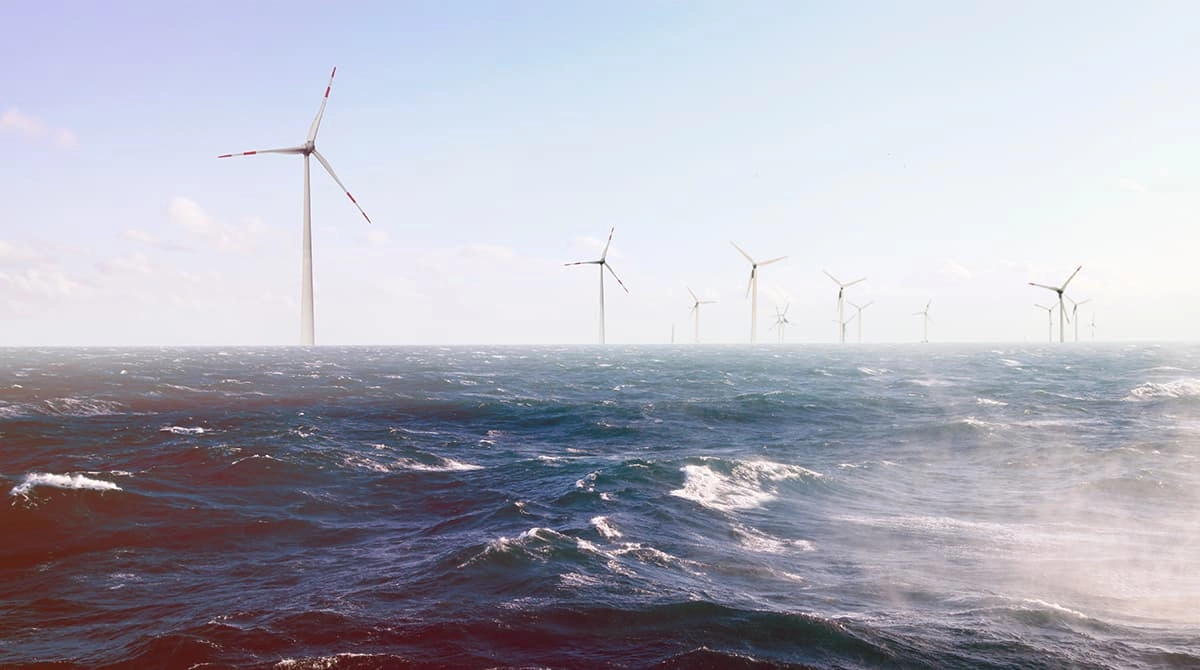
What Seas Are More Suitable for Wave Energy?
Wave energy can be extracted from facilities easily set up in wave-rich coastal regions and open seas. Therefore, the prime locations for installing wave energy conversion systems include areas with significant wave forces and intense storms.
Moreover, before assessing potential sites for wave energy systems, it's essential to examine certain data. One can look at seasonal variations and historical wind intensity statistics. It is important to conduct in-depth research to ensure the design can be actively utilized and remains unaffected by adverse weather conditions.
Some regions with continuous waves may require special precautions to prevent the facility from being affected when they are exposed to storms due to their location. The successful results depend on the chosen location for the facility, which is determined based on the intensity and size of the waves.
To assess wave energy, a wave farm is established, and the potential is calculated. Recording the direction in which waves develop allows for identifying suitable locations based on this data. After pinpointing the regions worldwide and locally that exhibit efficiency in terms of wave energy, we calculate the net wave power. Therefore, evaluating different data is necessary to determine which seas are more suitable for wave energy, ensuring better results.
Within the framework of the NATO TU-WAVES project data, a map has been generated by calculating the mathematical average of wave heights and period values.
On that basis, the following seas in our country have been identified as suitable to start the wind energy project:
- İzmir-Antalya 3.91-12.05 kWh/m
- Aegean Sea 2.86-8.75 kWh/m
- Mediterranean 2.59-8.26 kWh/m
- Black Sea 1.96-4.22 kWh/m
- Marmara Sea 0.31-0.69 kWh/m
Wave Energy Facilities and the Environment
Wave energy is gaining considerable attention due to its attributes as a clean, sustainable, and cost-effective technology. People and the environment favor systems that harness the power of nature because they cause no harm. These energy facilities also play a role in promoting fish population growth by serving as protective breakwaters.
Furthermore, wave energy contributes significantly to meeting the energy demands of densely populated coastal regions and islands. The proximity between the energy generation facilities and the end-users minimizes the need for extensive transmission infrastructure. Additionally, they aesthetically enhance the environment.
Wave energy facilities, by reducing dependence on fossil fuels, play a crucial role in preserving agricultural lands and forests. They also create calm waters in turbulent seas, facilitating various water-based recreational activities.
While wave energy facilities offer numerous advantages, it's important to acknowledge a few associated disadvantages.
These disadvantages can be outlined as follows:
- Elevated systems situated above the water's surface may disrupt the connection between marine life and the atmosphere in their vicinity.
- Facilities positioned far from the shoreline may pose potential hazards to maritime activities.
- Installations located on the shoreline or coastlines might raise concerns regarding their visual impact.
- Changes in wave patterns and currents can have repercussions on the lives of surface-dwelling marine organisms.
Generally, there exists a positive correlation between wave energy facilities and their environmental impact. With the growing adoption of natural energy sources, there is potential for the mitigation of these disadvantages, leading to enhanced environmental compatibility over time.
Use of Wave Energy Around the World
Wave energy, derived from the kinetic energy of oceanic waves, is embraced by numerous nations across the globe. A portion of these projects remains operational, while others are presently in a state of disuse or non-operation.
- Sweden: Sotenas Wave Power Plant was actively used between 2016 and 2019. The facility was generating 3 MW of power with 36 point absorber linear generators located at a depth of 50 m. Presently, Seabased utilizes this area for the purpose of conducting tests and showcasing technological demonstrations.
- United Kingdom: The world's first wave power plant was built in the UK and closed down in 2018. The Islay Limpet plant boasted several distinctive features. It was capable of generating 500 kilowatts (kW) of electricity by harnessing the energy of ocean waves using the oscillating water arm technique. The other facility is still in use. The Orkney Wave Power Plant is a facility with a capacity of 2.4 MW, and it operates by employing oscillating surge converter technology to harness wave energy.
- Gana: Established in the year 2016 with expansion plans on the horizon, the Ada Foah Wave Power Plant currently utilizes 400 kW of point absorber technology and there are plans to scale up its capacity to a remarkable 100 MW in the near future.
- USA: The Azura Wave Energy Station, which relies on point absorber technology, produces an output of 200 kW, while the Fred. Olsen Ltd. (Bolt Lifesaver) Wave Station generates 30 kW of electrical energy.
- Israel: The SDE Sea Wave Power Plant, operating on oscillating surge converter technology, has a power capacity of 40 kW.
- Greece: The SINN Power Wave Converter, with an initial capacity of 20 kW, has been in the developmental phase since 2015. There are plans in place to enhance its capacity to 0.75 MW in the future.
- Spain: The Mutriku Breakwater Wave Power Plant utilizes oscillating water column technology, employing a total of 16 distinct turbo generators. It generates an approximate power output of 300 kW. Operational since 2011, the plant has the capacity to generate sufficient energy to power approximately 100 households.
Furthermore, it is worth noting that Chile distinguishes itself for its significant potential in wave energy. The proposed project, slated for construction along a coastline spanning 4,200 kilometers, envisions the installation of water turbines with an estimated capacity to generate a substantial 3,800 MW of electrical power.
Feel free to share this blog about wave energy, covering what it is, how it's generated, its benefits, its similarities to wind energy, and its environmental implications, with those around you who may be interested in learning more about this topic. Sharing it can help make valuable information more accessible to a broader audience. We look forward to your comments and feedback!

 Online Services
Online Services Application Inquiry
Application Inquiry Pay Assurance Fee
Pay Assurance Fee Query Installation Number
Query Installation Number Compensation Fee Inquiry
Compensation Fee Inquiry Automatic Payment Order Inquiry
Automatic Payment Order Inquiry Partnership
Partnership

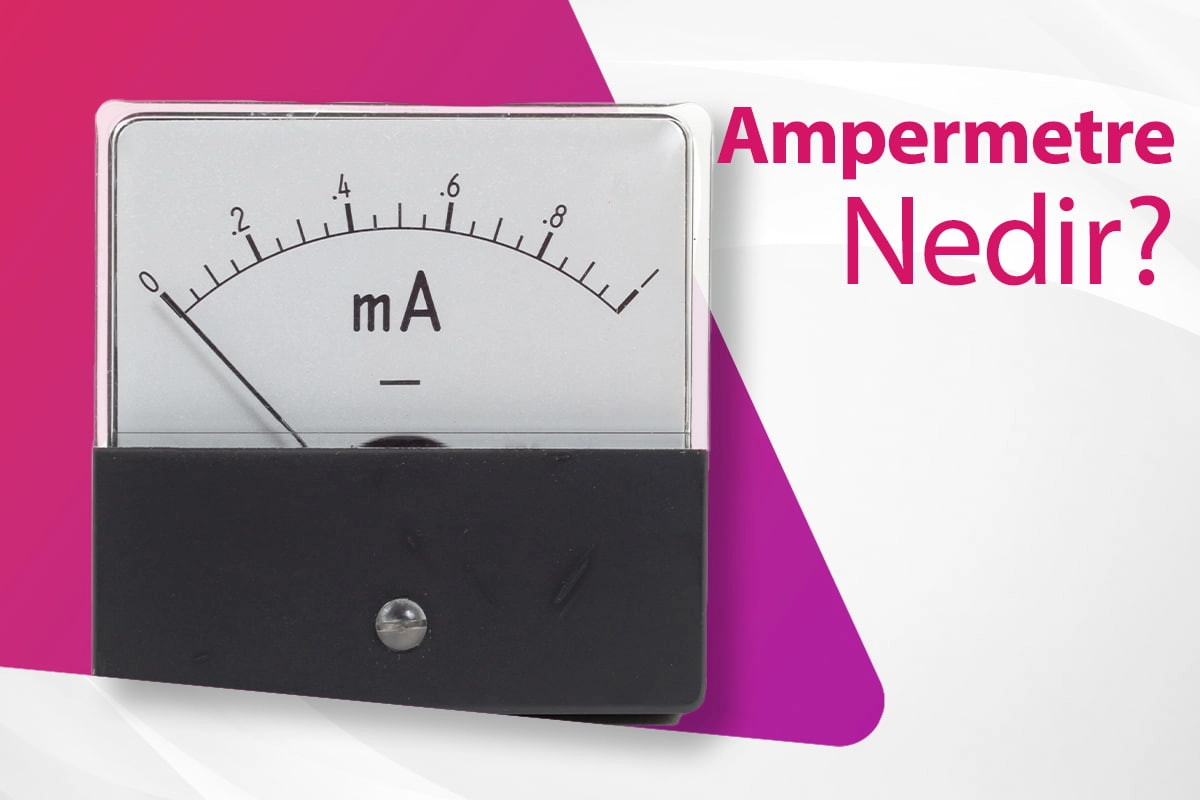
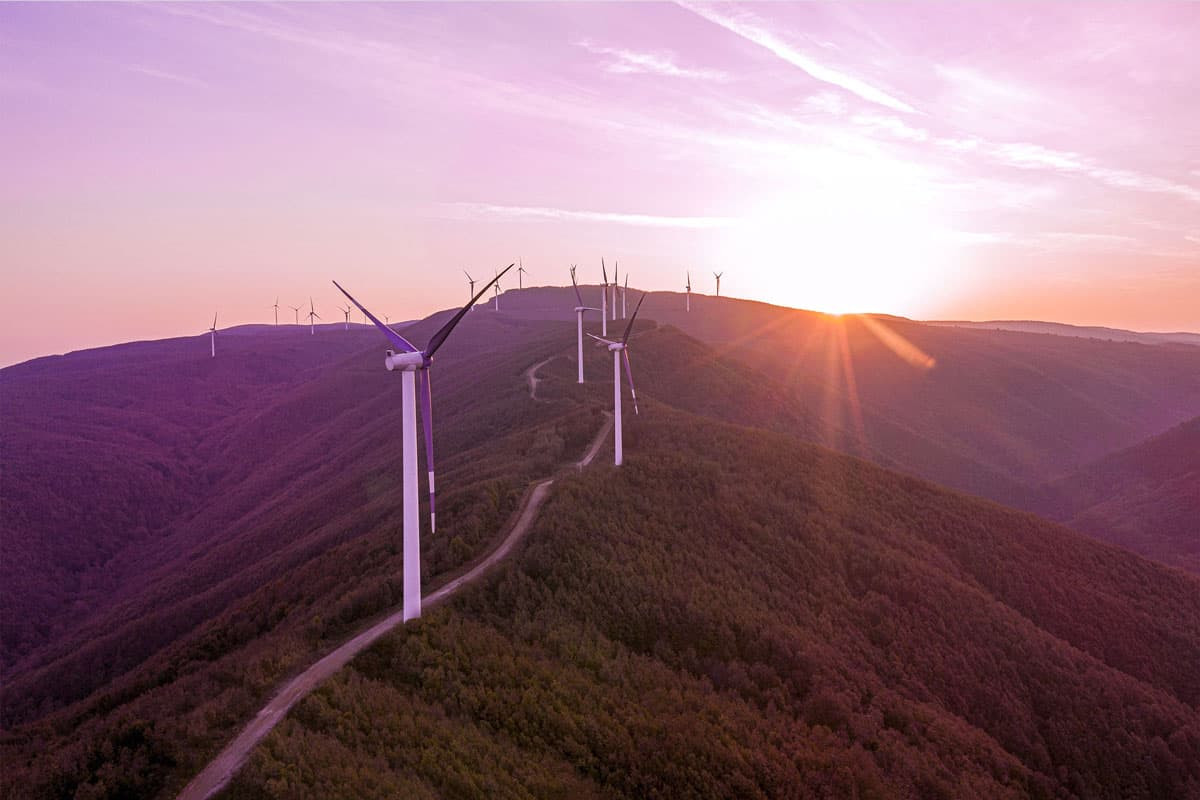
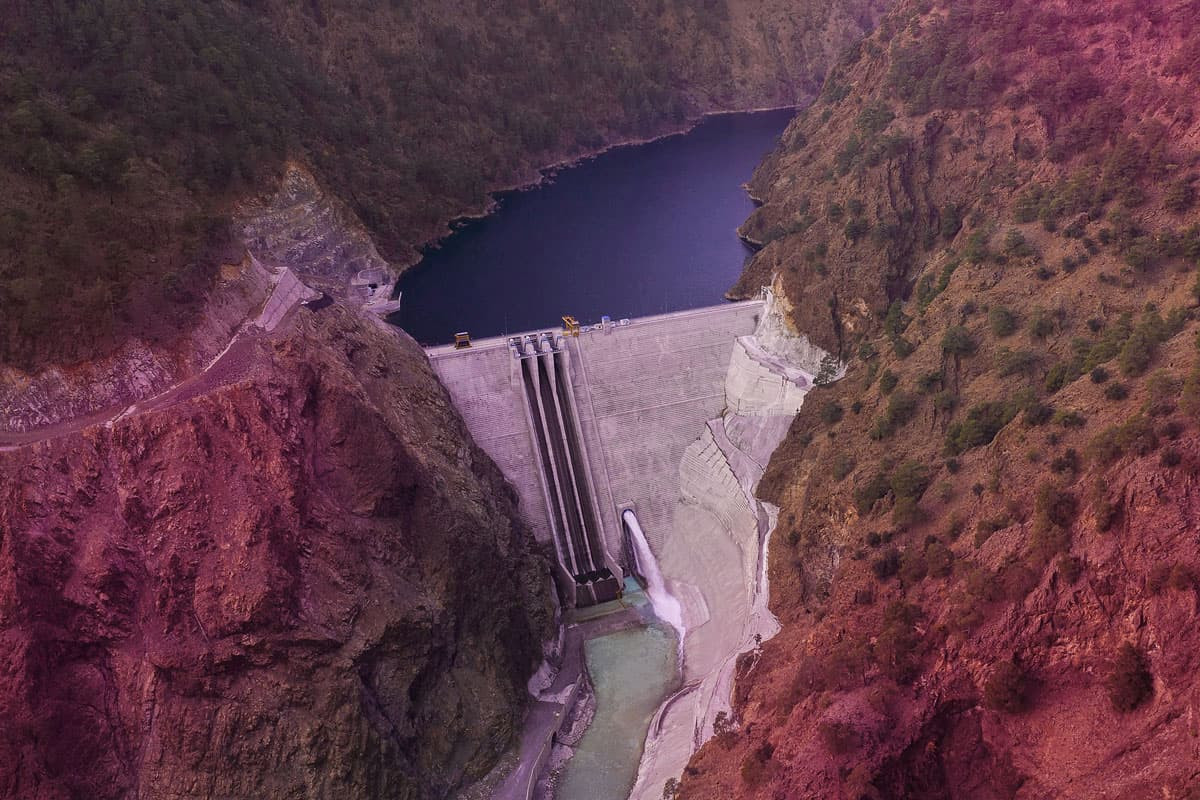


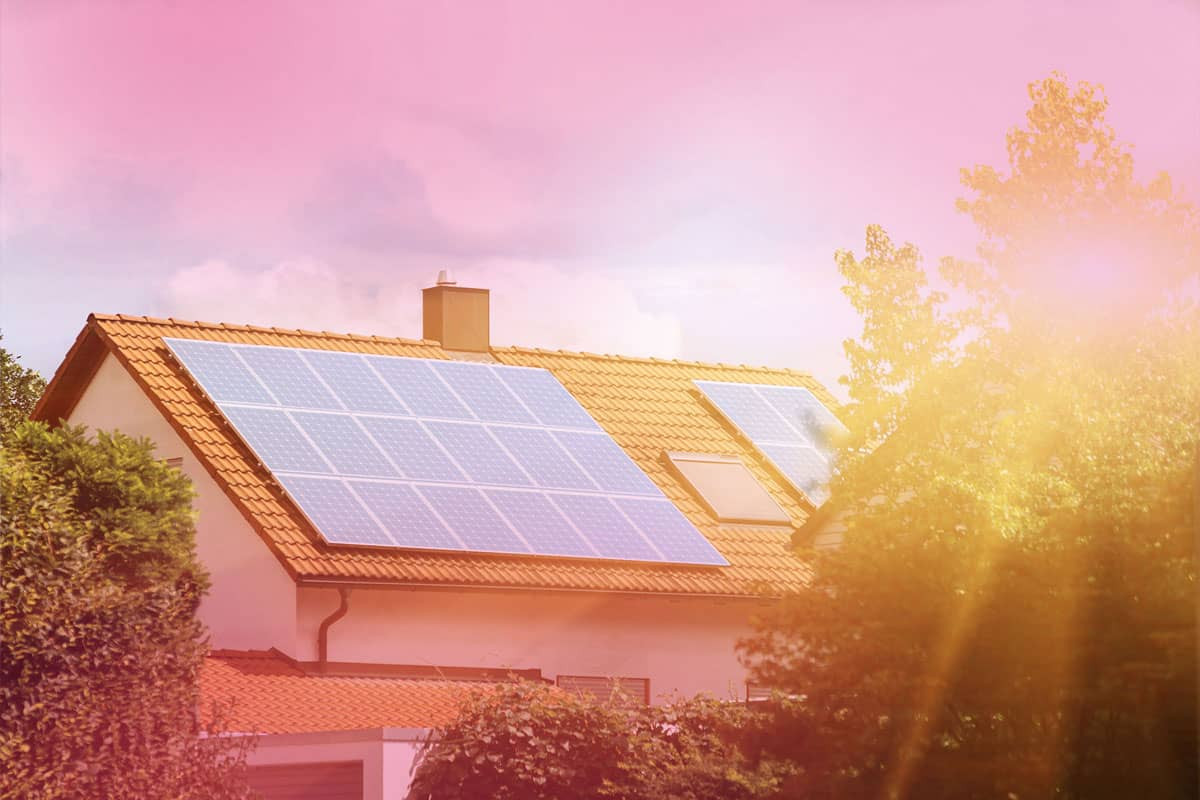
Leave a Comment